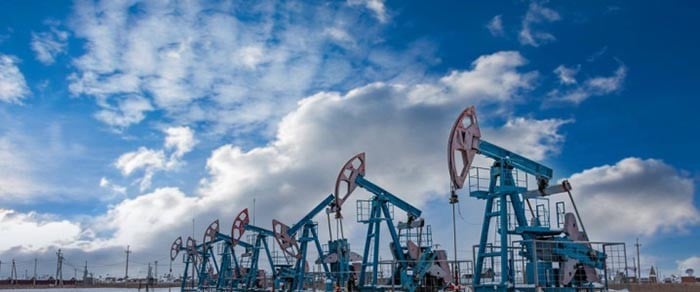 |
| Bloomberg estimates that Russia could reap up to $1 billion in unexpected profits from the oil production cuts announced in early September 2023 and subsequently extended through the end of 2023. (Source: Oil Price) |
On October 7th, the IMF released a new database on the world's largest raw material producing countries.
Accordingly, Russia ranks among the top 3 in natural gas, oil, silicon, nickel, potassium, tungsten, antimony, magnesium, wheat, and sunflower seeds.
IMF economists also developed a model in which they divided the world into two blocs: the first led by China and Russia, and the second led by the United States and the European Union (EU).
This approach reflects the increasing geopolitical fragmentation among countries, which could undermine traditional trade relationships, as well as increase the cost of essential minerals and agricultural crops.
The database shows that the highest concentration of leading producing countries is in the tungsten, rare earth, and palm oil markets.
Previously, the IMF warned that further fragmentation of the raw materials market could lead to sharp price fluctuations and severely impact the economies of countries dependent on raw material imports.
In late September 2023, American media noted that, given the current situation, Russia and Saudi Arabia were in the most advantageous position.
Bloomberg economists estimate that Russia could reap up to $1 billion in unexpected profits from the oil production cuts, announced in early September 2023 and subsequently extended through the end of 2023.
Source

























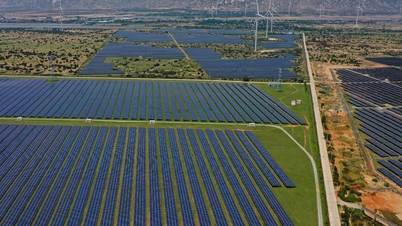





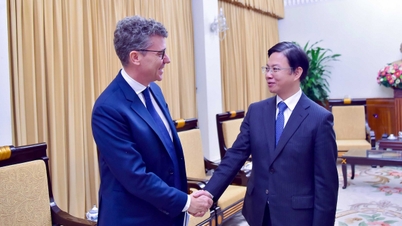




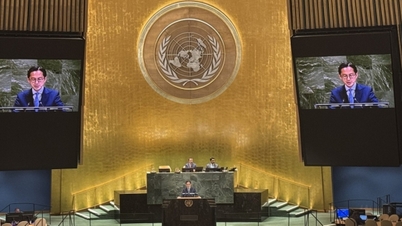

















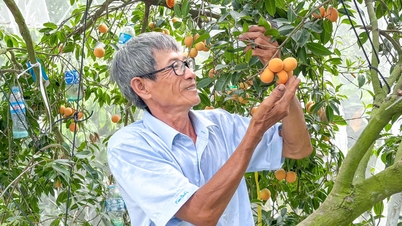




![[OFFICIAL] MISA GROUP ANNOUNCES ITS PIONEERING BRAND POSITIONING IN BUILDING AGENTIC AI FOR BUSINESSES, HOUSEHOLDS, AND THE GOVERNMENT](https://vphoto.vietnam.vn/thumb/402x226/vietnam/resource/IMAGE/2025/12/11/1765444754256_agentic-ai_postfb-scaled.png)













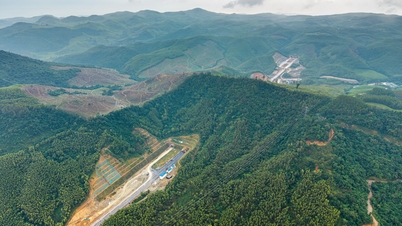





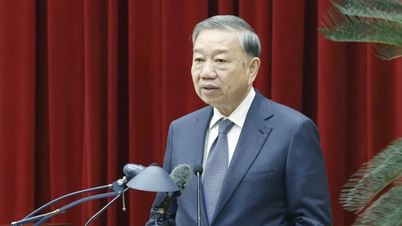




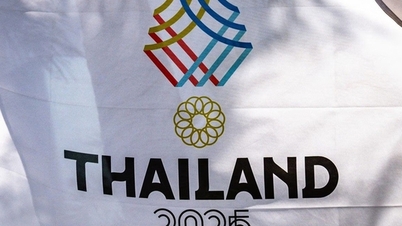









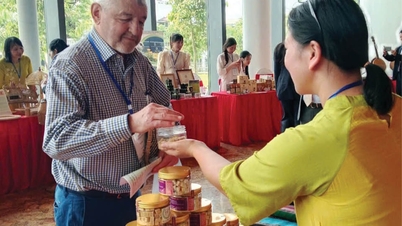















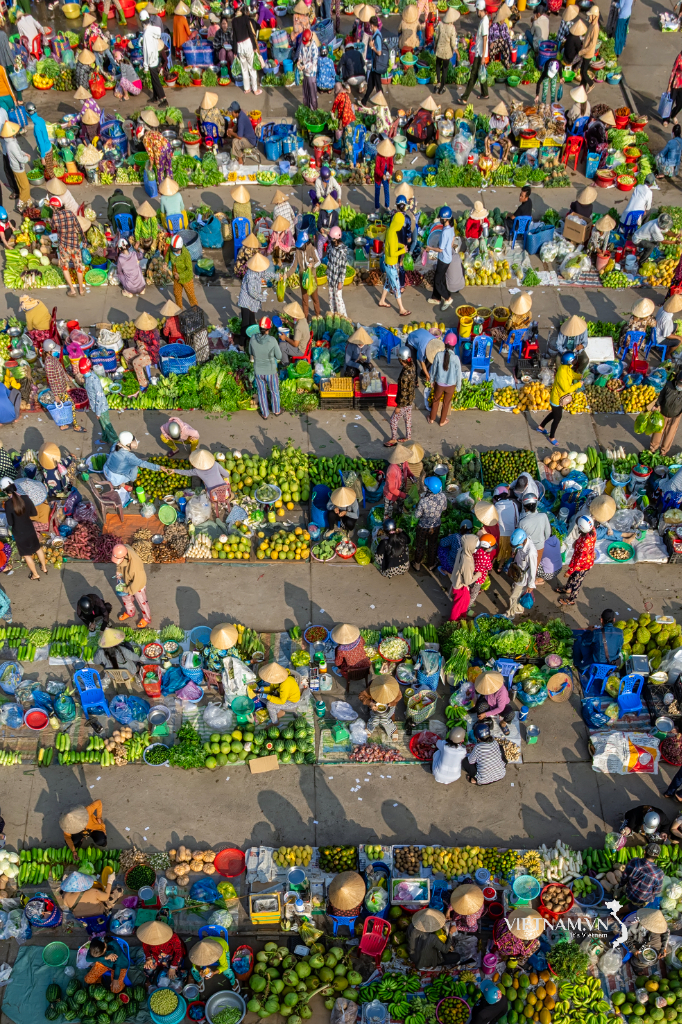
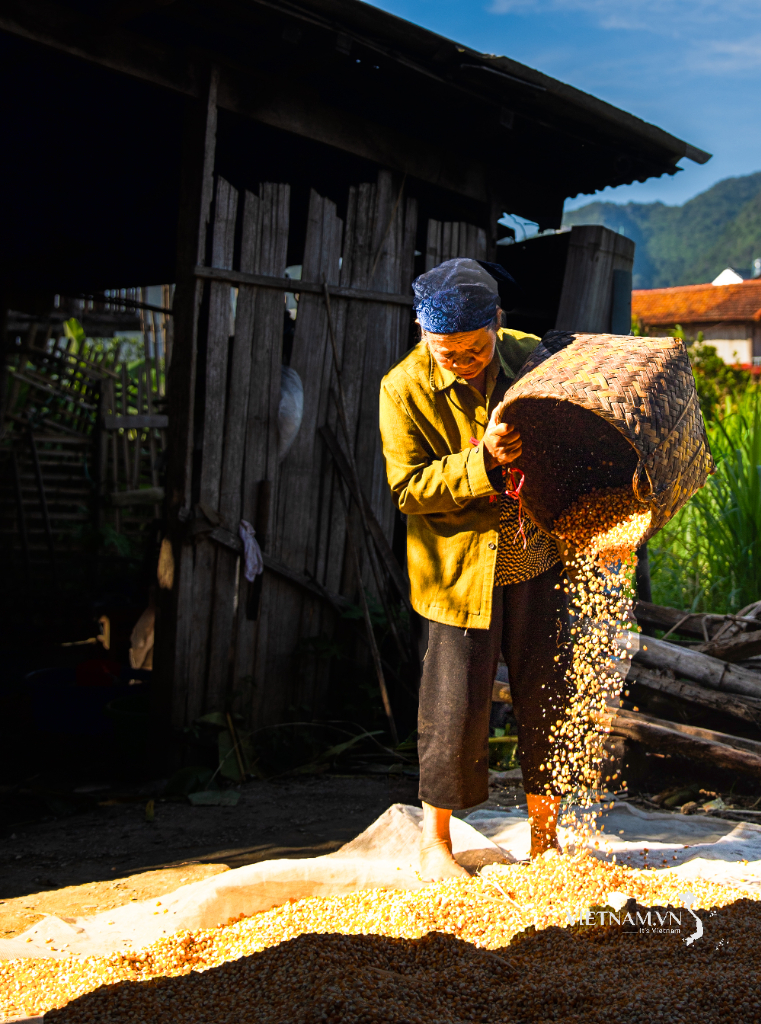

Comment (0)